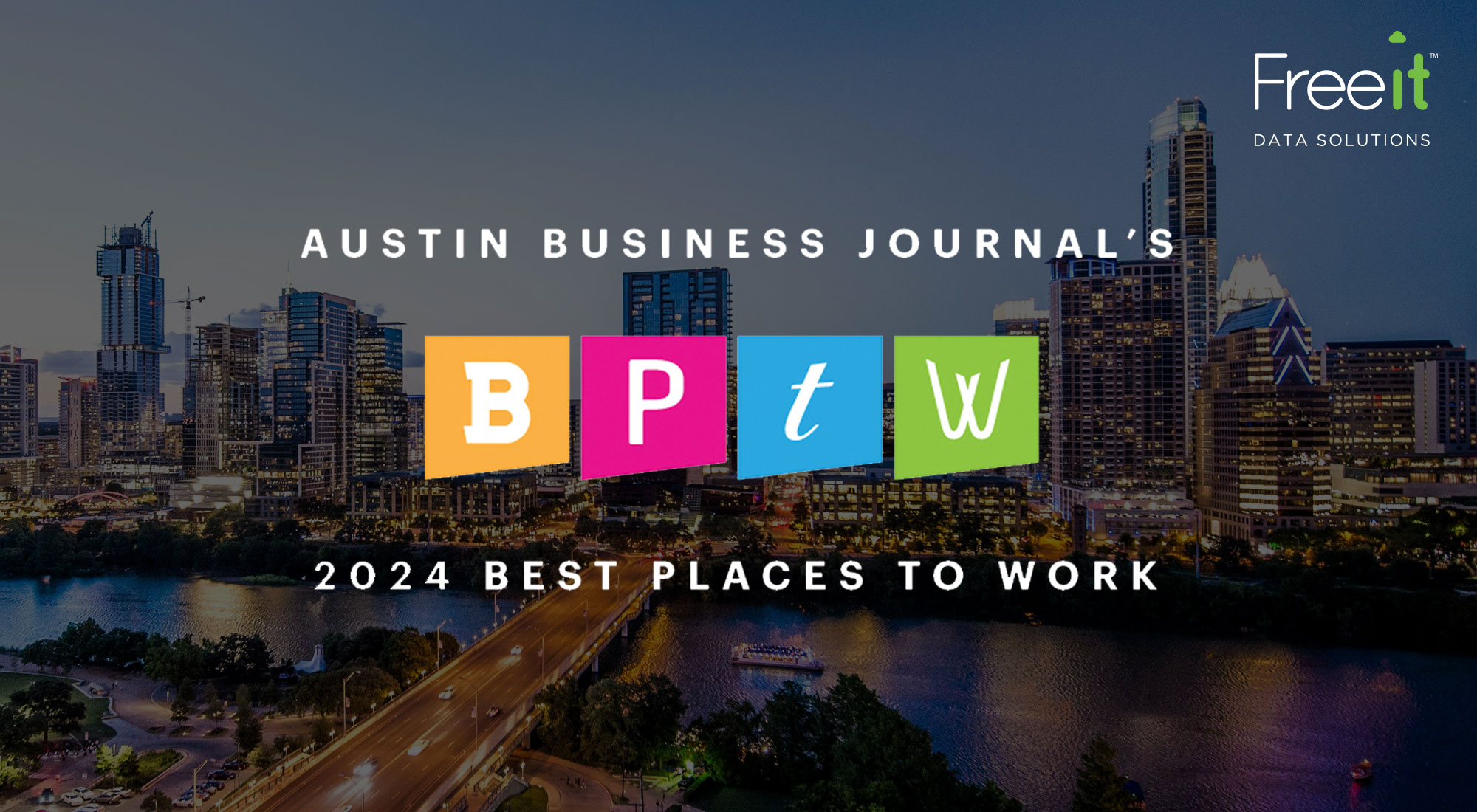6 Questions to ask when making your disaster recovery (DR) plan.
Disasters come in many forms of power failures, technology failures, natural disasters, and yes, even human error. According to Security Week, data loss has increased by more than 400% in the past two years. Whatever the cause of loss is, the business impact is real, and the numbers show it. Solutions Review found that 90% of businesses that do not have a recovery plan do not survive a disaster, and of those that do, 33% of businesses were not as prepared as they thought they were, despite having a recovery plan in place.
We’ve established WHY businesses need a comprehensive and proactive disaster recovery (DR) plan, but where do you start? Here are six guiding questions to ask yourself when formulating your DR plan:
What data is mission-critical to your business?
In layman’s terms, the data your business cannot live without. Depending on your business, mission-critical data can include your website, inventory or logistics tracking, customer service and support, and regulatory compliance.
What data is sensitive?
In addition to making sure this data is secure, it should also be backed up regularly. Sensitive data can include customer account information, employee records, and proprietary business intelligence.
What are the physical facility constraints? (for the business and recovery facility)
For example, if you have an office near the gulf coast you may be prone to high winds, rain, and flooding between June and November. For recovery facility constraints, consider regional proximity or levels of security.
How much downtime can your organization withstand? How quickly do you need to be up and running?
These two questions will guide you in establishing your Recovery Time Objective (RTO) and Recovery Point Objective (RPO).
Who will be involved in recovery and communication when your DR plan is in action?
List out everyone involved in your DR plan, define their role, assign an understudy/secondary escalation owner, and define responsibilities. Establishing ownership prevents decision paralysis for your first responders.
Building a comprehensive DR plan is critical for your business. Implementing and adhering to the plan is a different story. Solutions Review reports, the process of recovering from a disaster takes up 25% of staff time. The DR experts at Freeit can help! Contact us today to learn more about Disaster Recovery as a Service (DRaaS) offerings and or sign up for a FREE 30-day DRaaS trial today!





